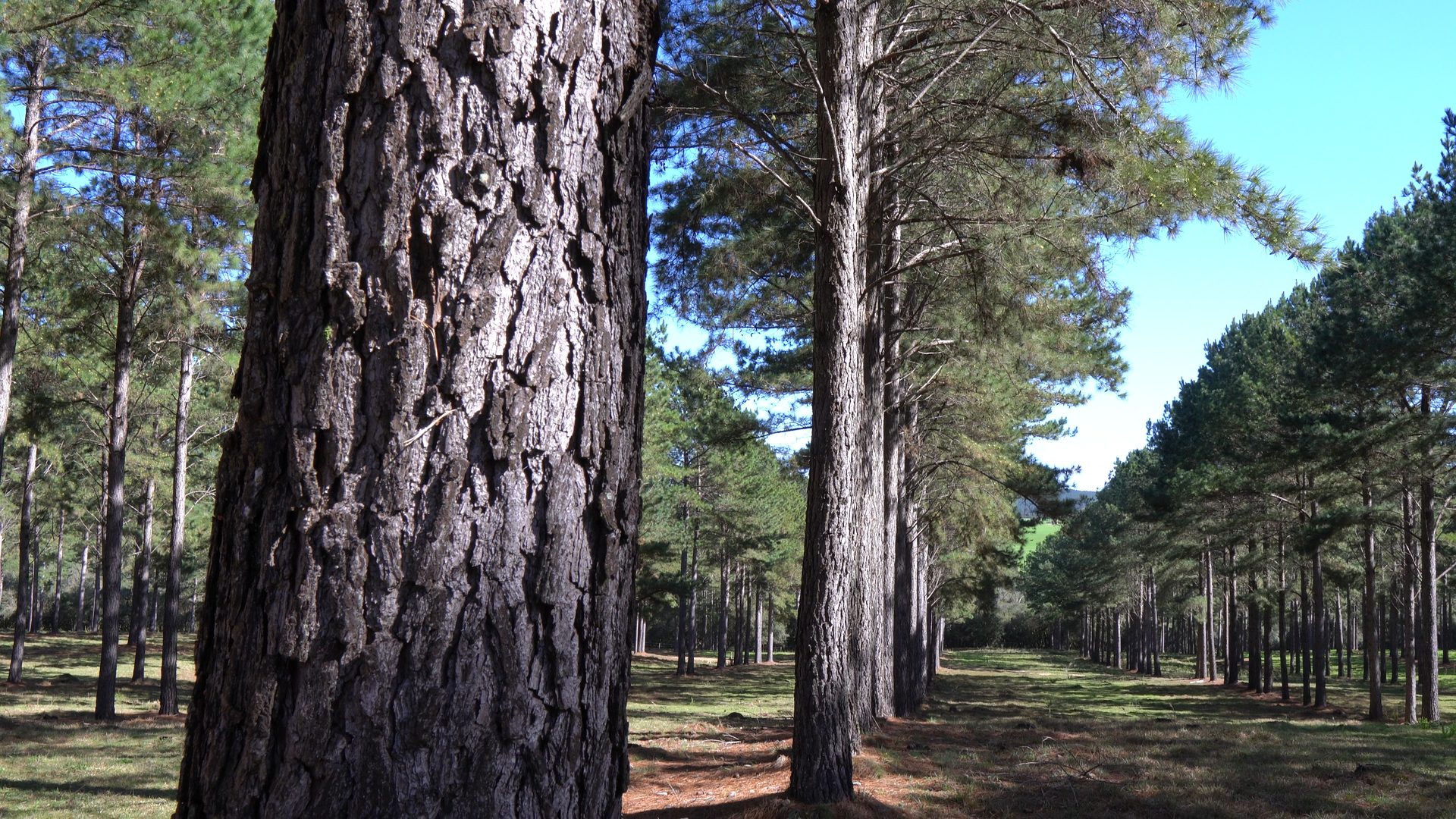We are living in the decade of ecosystem restoration, and environmental impact projects involving reforestation are gaining more space in the carbon market.
The United Nations (UN) has declared the period between 2021 and 2030 as the decade of ecosystem restoration, which necessarily includes reforestation. The UN expects to restore 350 million hectares of degraded areas by the end of the period, generating $9 trillion in related services and removing between 13 and 26 billion tons of harmful gases from the atmosphere.
These initiatives involve the public and private sectors. At the time of the launch, the UN announced that it already had commitments from 57 countries and other entities to restore 170 million hectares of degraded areas, including South America and Africa.
Companies must find mechanisms to mitigate environmental impact when pursuing a carbon-neutral economy. Among corporate initiatives is the search for partners capable of carbon offsetting, including the adoption of reforestation strategies.
>> Unsure how to start your reforestation project? Learn more about NDD Green Carbon’s operations.
What is reforestation?
Reforestation is the technique adopted to establish new forests in areas that have been deforested or have undergone significant degradation.
In such scenarios, the native vegetation has lost its regenerative capacity and requires support. No technology is more efficient and economically viable for carbon sequestration than the work performed by trees.
Forests are crucial for a carbon economy future and for our survival. Their presence contributes to reducing natural disasters—an increasingly common occurrence.
There are various economic benefits of reforesting degraded areas. These locations cannot fulfill their ecological role and also do not generate income, as they offer low agricultural productivity or have undergone improper management practices.
If restoration is positive from an environmental perspective—protecting the soil, contributing to the climate, improving water quality, and creating space for biodiversity—it is also an encouraging business. That economic operation benefits both those involved in forest restoration—regulated timber production and non-timber products (fruits and nuts)—and the reputation of companies.
Planning is essential
Well-executed reforestation is essential as it results in various benefits for the planet, in addition to greenhouse gas capture:
- Creates conditions for the life of microorganisms, making the soil more fertile.
- The natural forest process forms organic matter that serves as food for certain animals and helps restore biodiversity.
- The presence of trees prevents erosion and landslides, as well as excessive water runoff and soil nutrient loss.
The benefits are favorable for the environment and humans themselves. However, this process requires planning.
Several studies try to identify which processes are more sustainable and yield more effective results, since a good reforestation project goes far beyond simply planting trees, as explained in this Science article.
Economic balance in focus
Balancing the economic interests of involved companies with the needs of degraded areas related to species and characteristics is crucial. Proper management of plant species ensures utilization with minimal economic impact, while creating conditions for biodiversity recovery.
To achieve this, an analysis of the environmental impact and soil preparation is necessary, along with the range of seedlings and optimal planting methods, pruning and thinning supervision, and pest control.
And most importantly, that market embraces not only Brazilian companies. Since greenhouse gases (GHGs) mix globally in the atmosphere, organizations can earn carbon credits through projects carried out anywhere on the planet. Did you know that Green Carbon plants over 1.6 million trees, contributing to the sequestration of 800 million kilograms of CO2?




